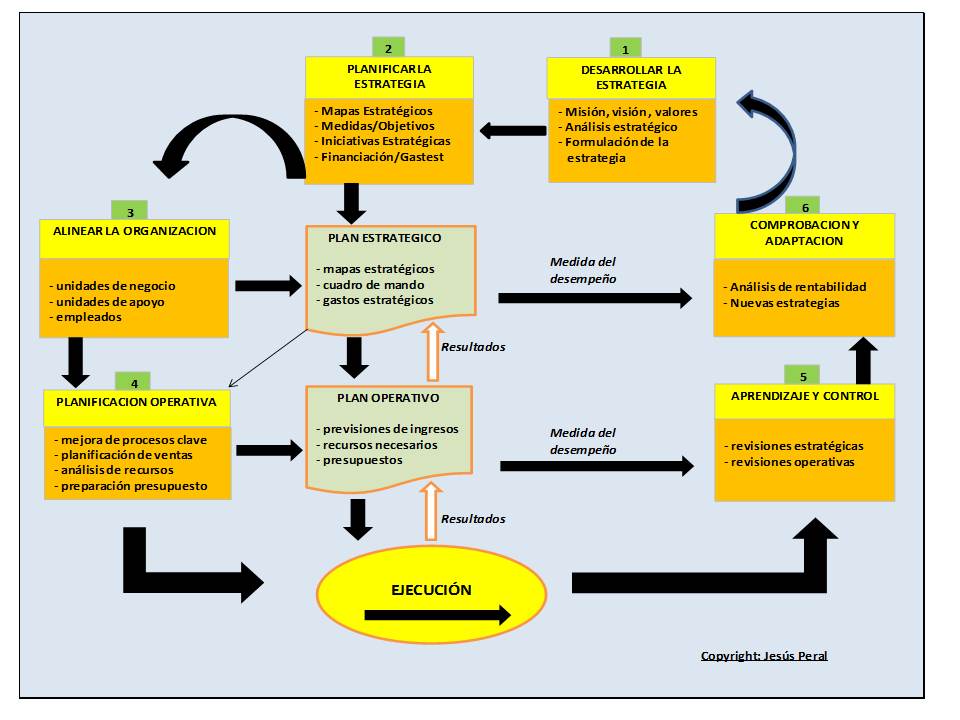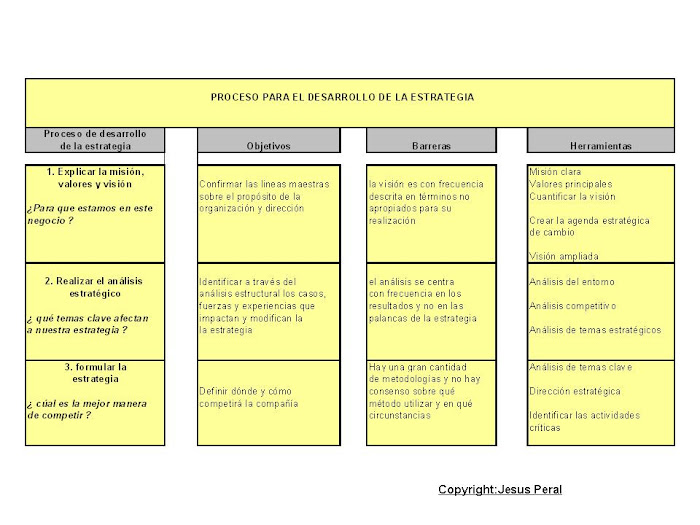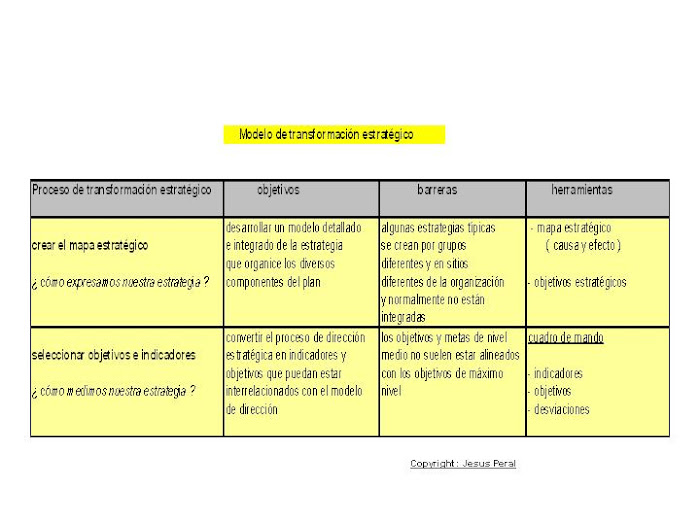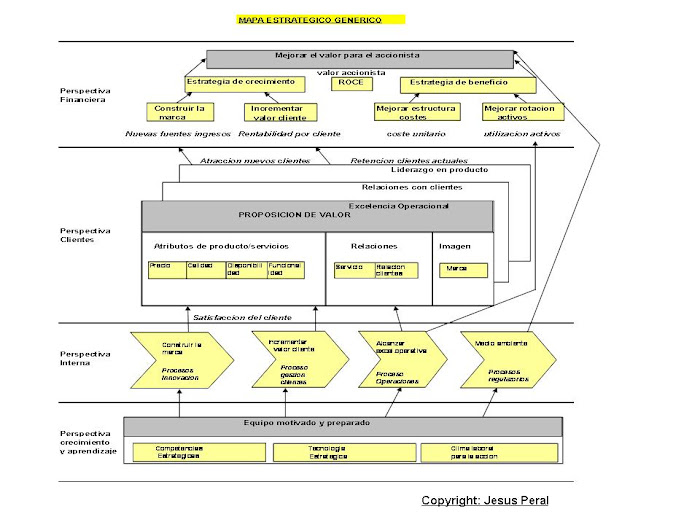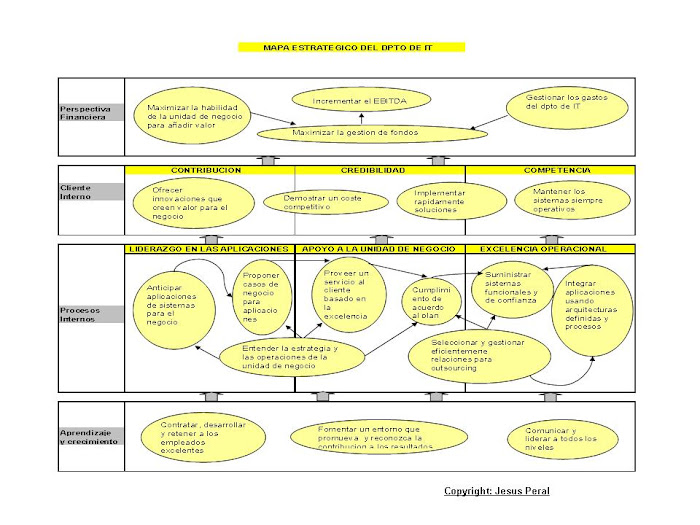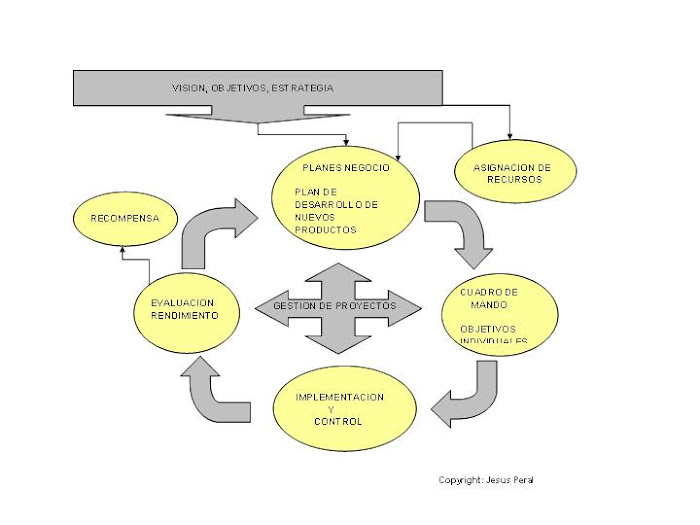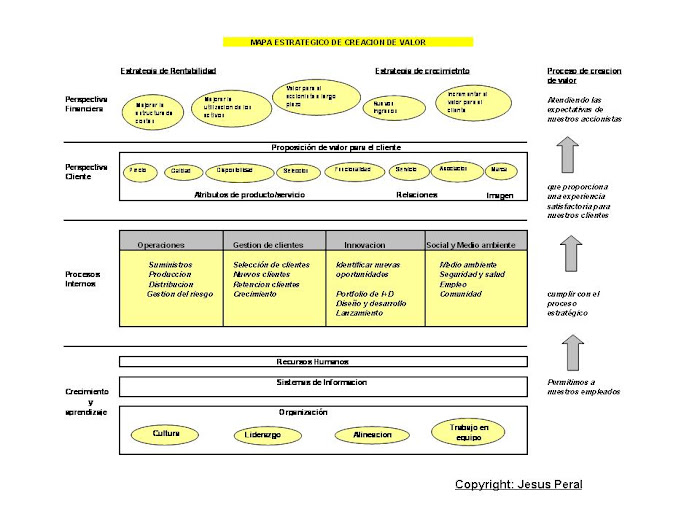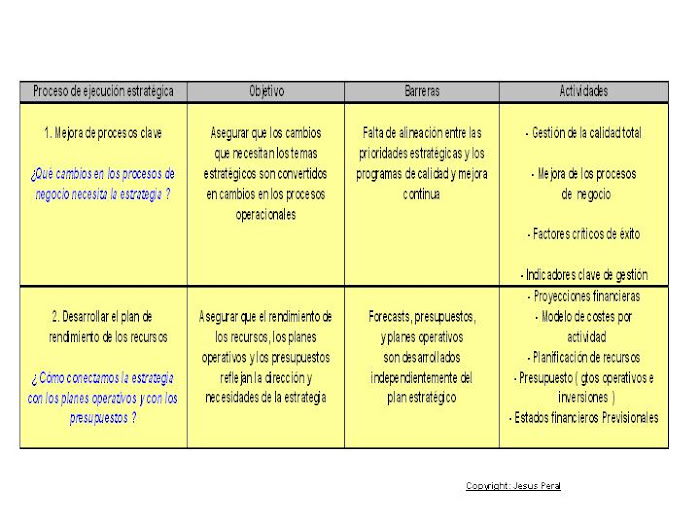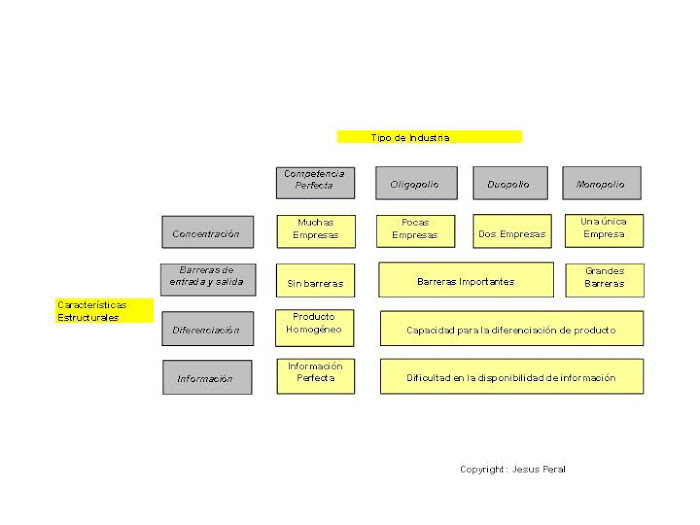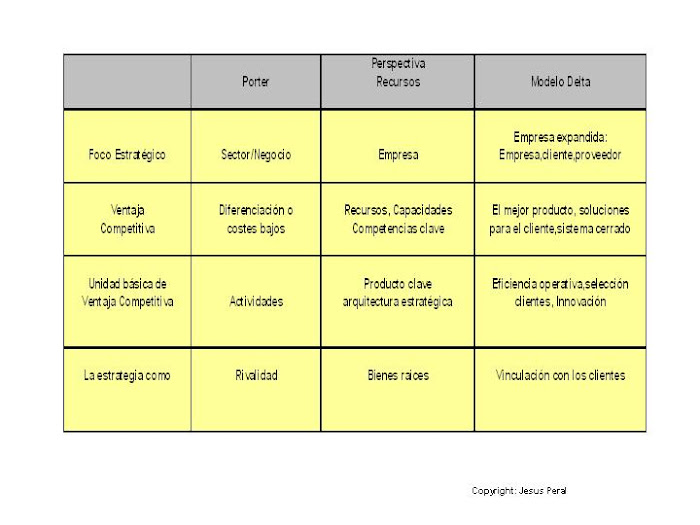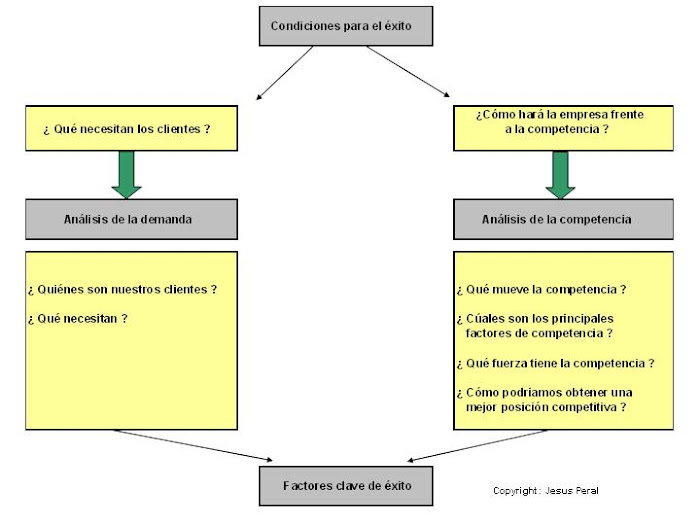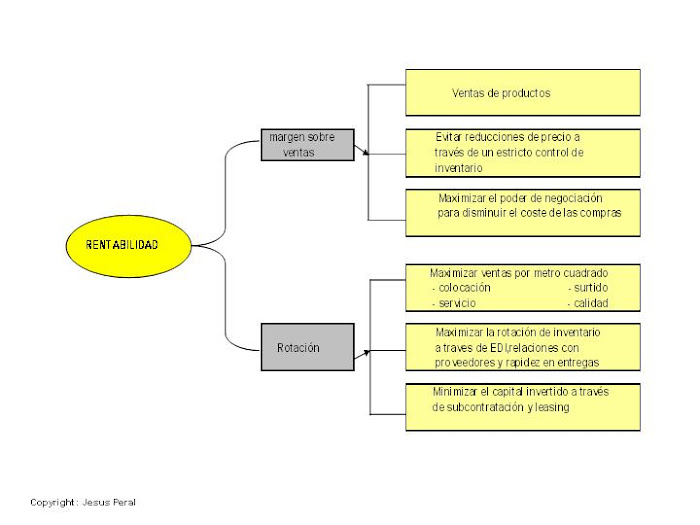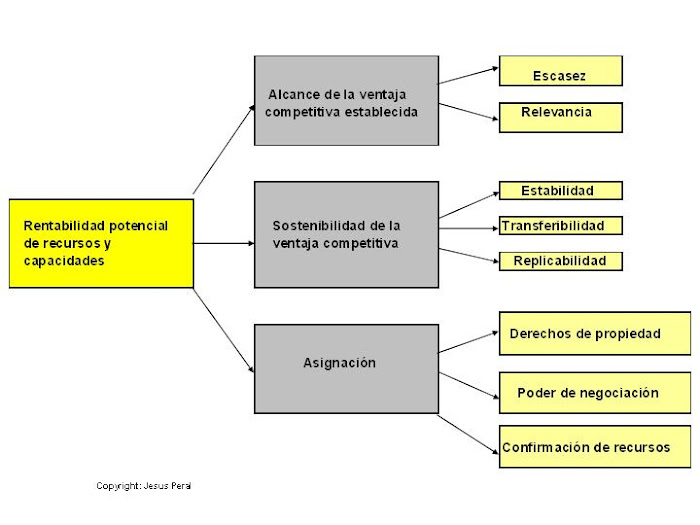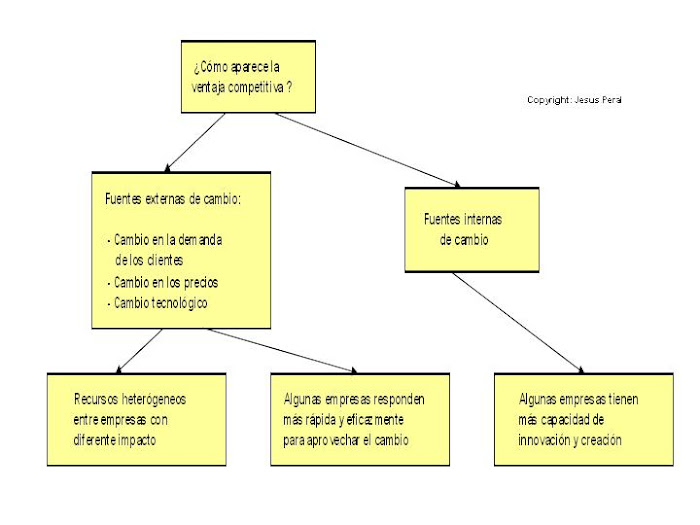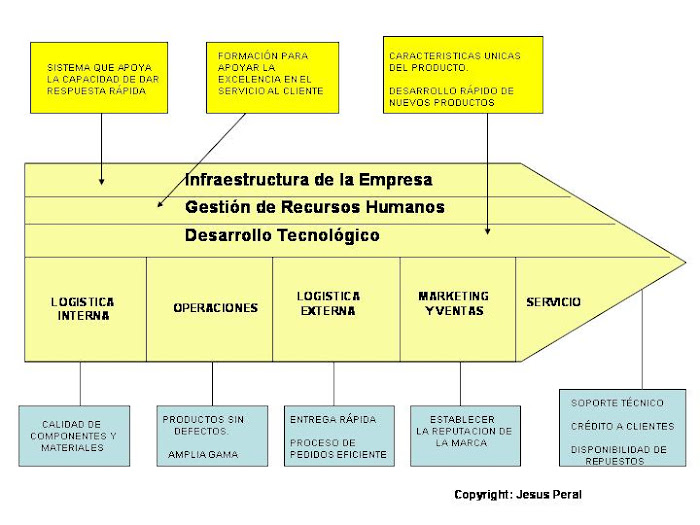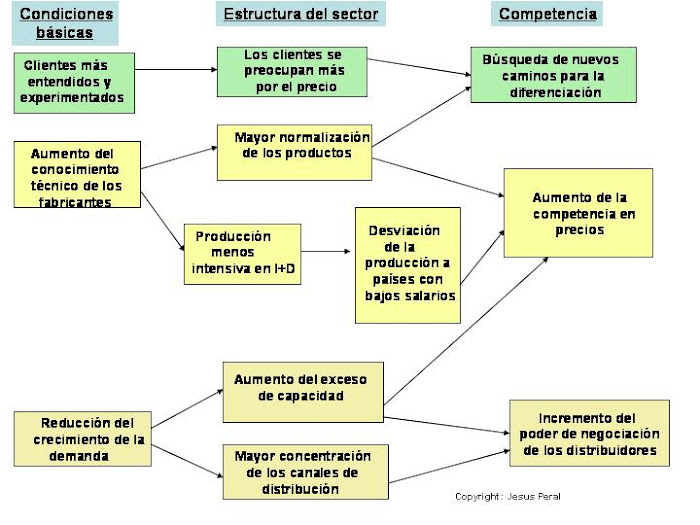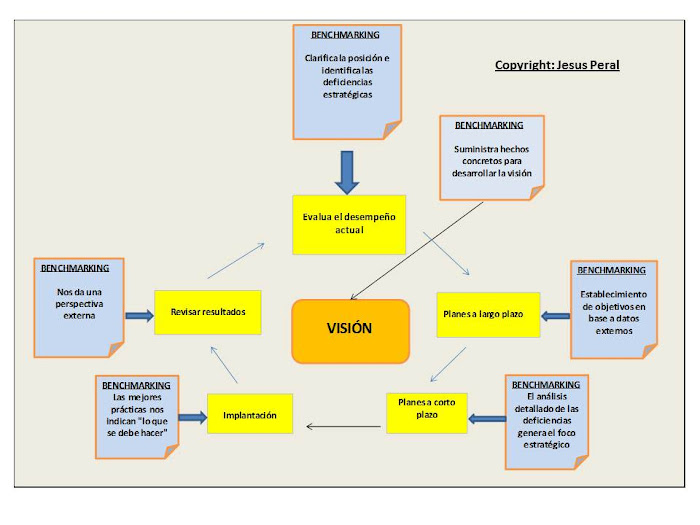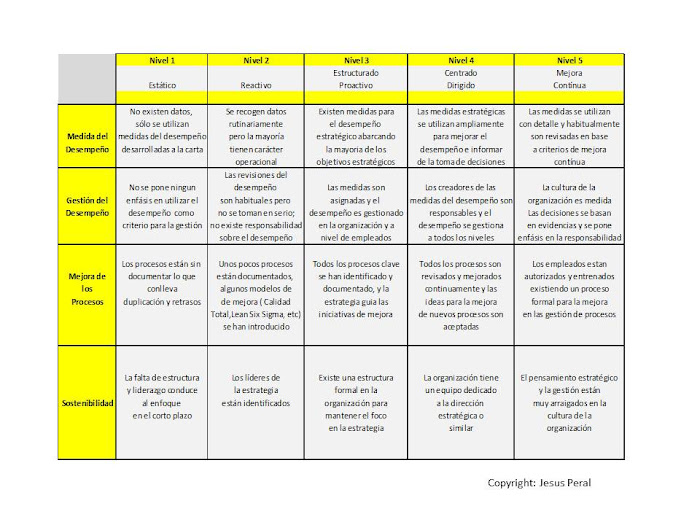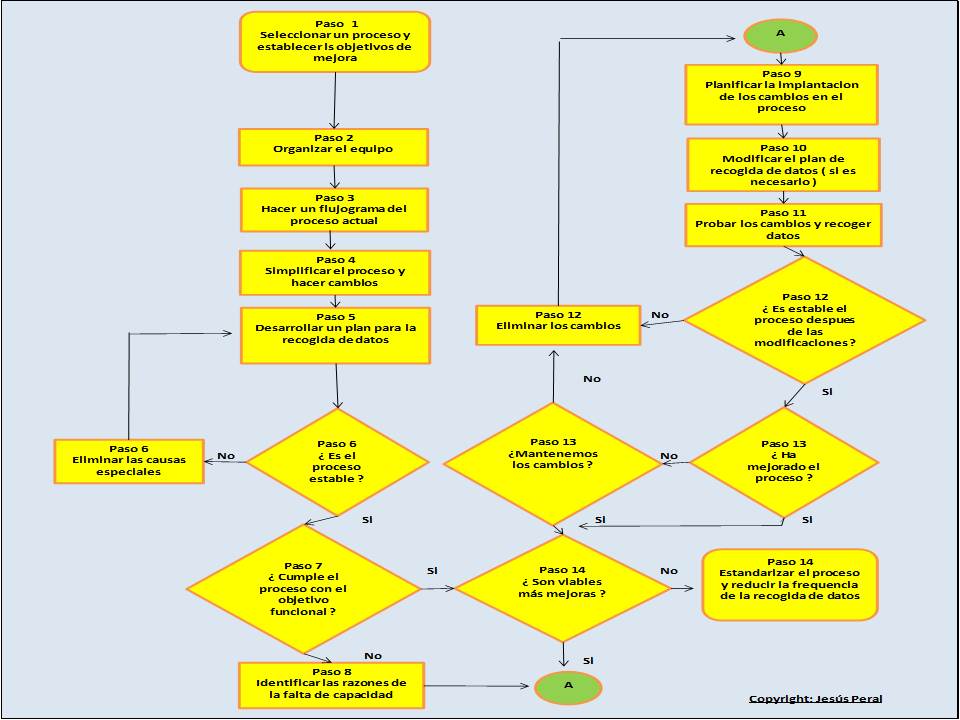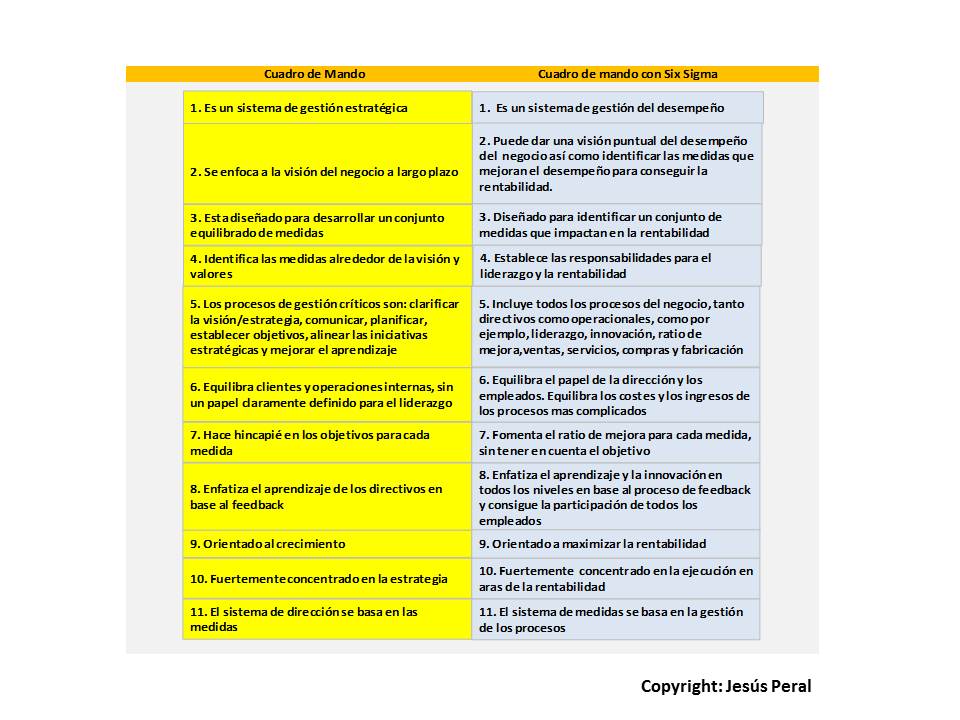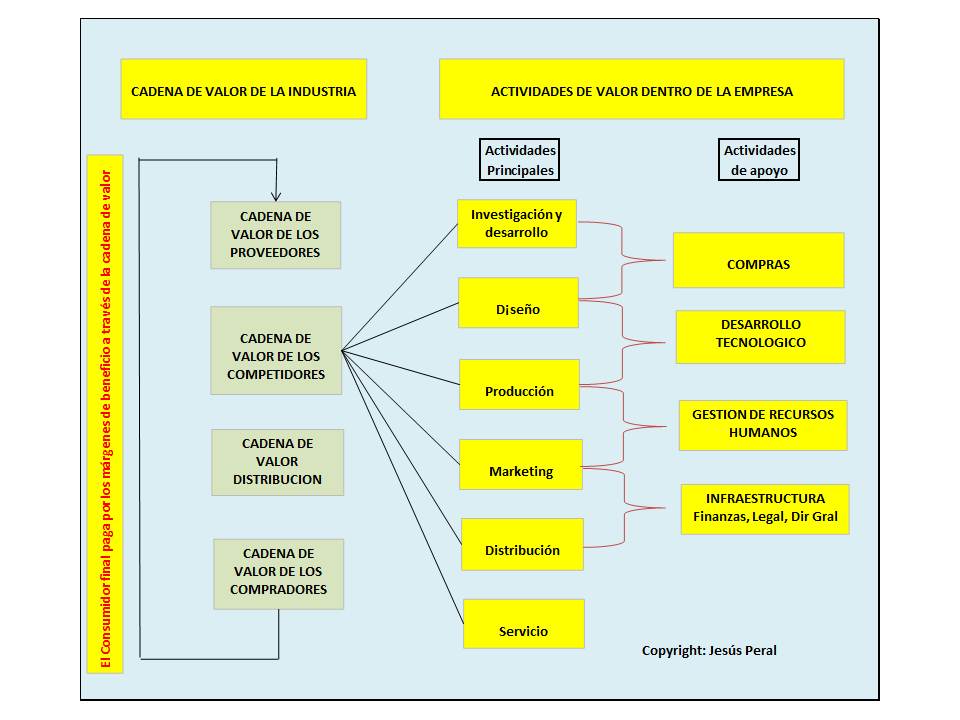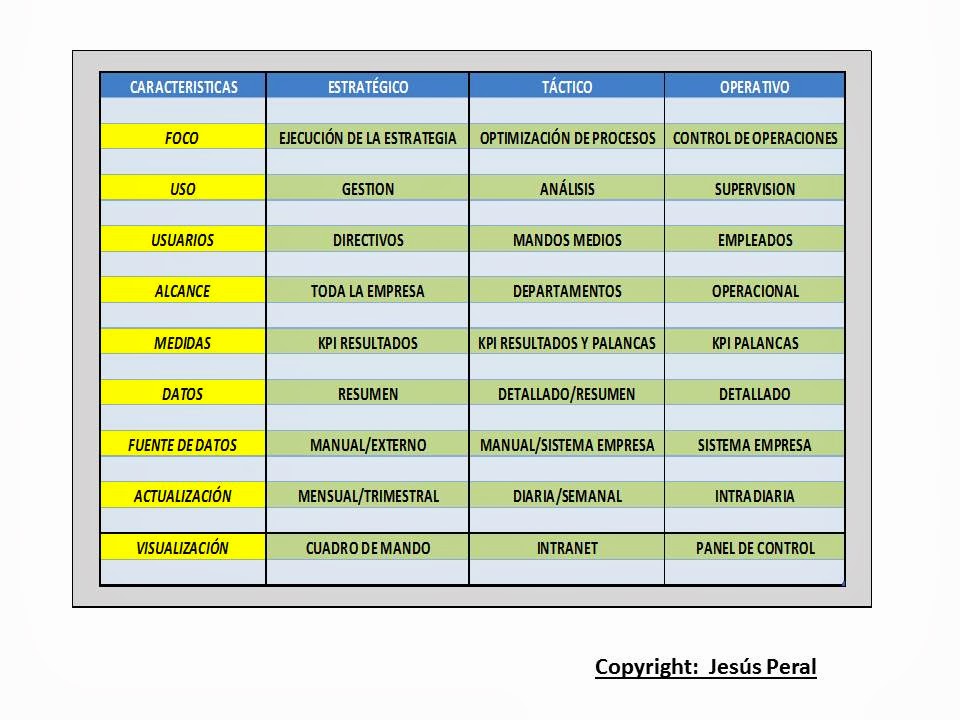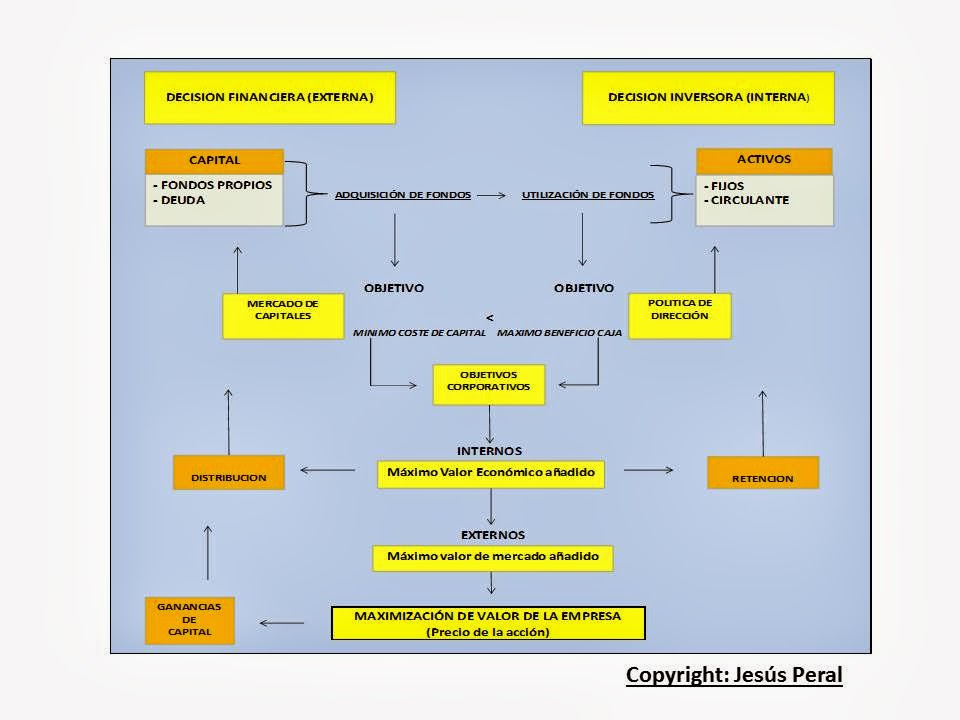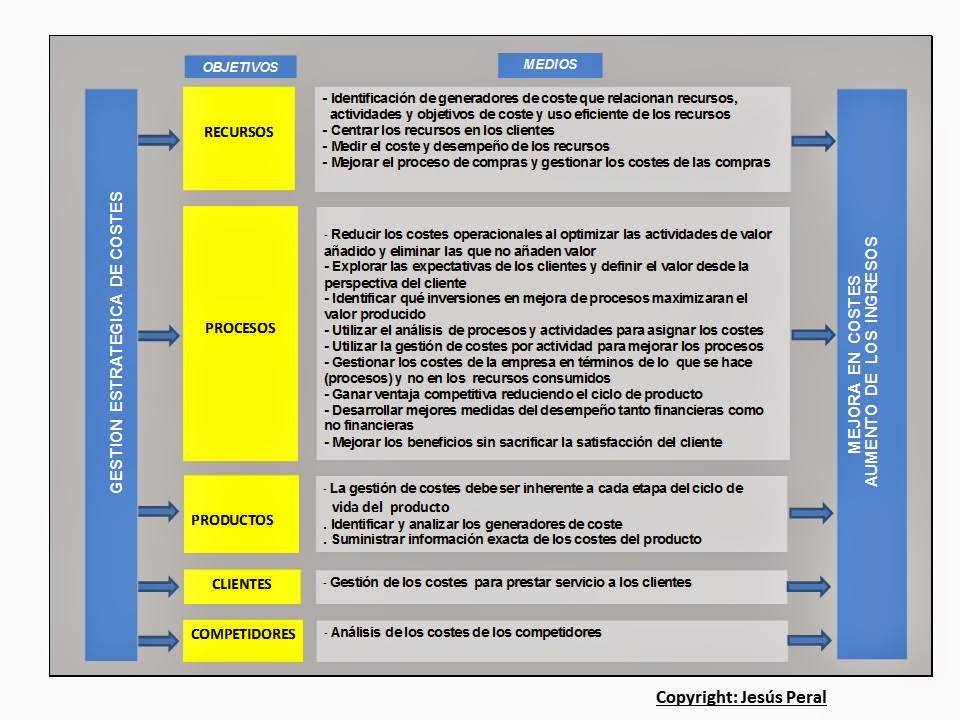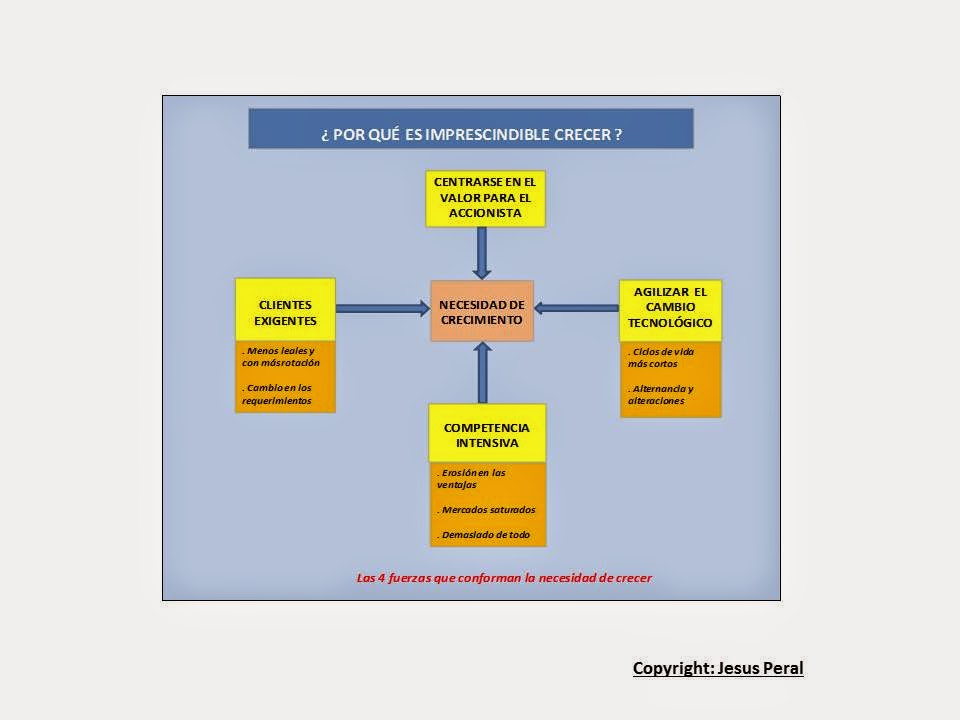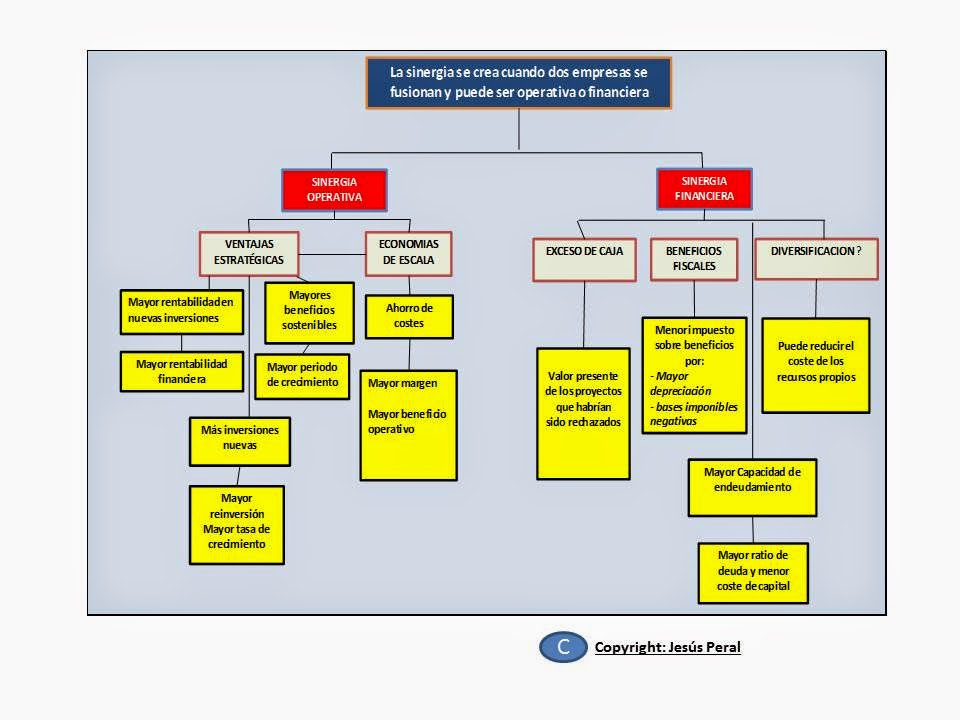Sometimes we
are very busy fire-fighting and troubleshooting and therefore we have no time
to analyze how the business is performing both operationally and financially.
In this post
I would like to share my simple and short model to cope with the above
mentioned situation. Obviously you don’t need to follow all. There are no fixed
rules, just use common sense and check how the movements in both Balance Sheet
and P&L are related.
First of all
we need to minimize the effort: concentrate in “big numbers”. Use just a few
ratios and only those you really understand the meaning. Look at the evolution
and compare them with the competitors.
I will start
for the analysis of the business as follows:
Sales/Commercial management and market
·
What do we sell ? What is our level
of revenue? Did we have sales growth ? which is the impact in our operating
needs of funds ?
·
Are our sales seasonal ? Check
operational risk
·
To which customers do we sell? Big customers,
small customers, many, few, etc. Check reliability and strength of those
customers.
·
Competitors ? many ? strong? Focused
on price ? on quality ?
Production management/Vendors
·
How is the production? Uniform or
seasonal? Based on orders?
·
Production process: long or short?
Check impact in inventory
·
Which the importance of the vendors ?
many or just a few? Are the vendors stronger than us?
Senior Management/strategy
·
Is the senior management doing
well? We need to understand the impact
of potential problems in the management decisions in a particular period in our
balance sheet and profit and loss account. For example, what will be the impact
in our balance sheet if the sales are seasonal? And if the production process
is long? Or if we experience a decrease in our sales.
Now it´s time
to look at the profit and loss account
to review profitability
·
Sales. Growth, seasonality, variability
·
Key figures in the P&L. “Big
numbers” which is critical? Check how the Margin, EBITDA, return on sales have
changed as percentage of sales. Compare with main competitors.
·
Financial expenses, simple ratio
EBIT/Interest charge
·
Did we have profit? Check ratios,
return on equity, return on assets and analyze the size of the profit.
·
Risks: which is the change in profit
when key figures are not doing well?
Balance sheet analysis/Financial situation
·
Big numbers in balance sheet. If our
business is seasonal we need to identify the key periods, for example, the
period with maximum cash and with maximum accounts receivable balances.
·
Identify the “big numbers“ in the balance
sheet. It is likely you will find the problem, if any, here. We can do a short
balance sheet. Assets: operating needs of funds + Fixed assets. Liabilities:
debt + Equity
·
What has happened? We can use our
cash flow statement. We can compare the period with one considered very good
for the business. Just concentrate in the relevant differences as here we will
have the problems. So now we need to know why. We need to review the
operational ratios.
·
We need to analyze the evolution of
our operating needs of funds and the working capital. Maximum and minimum
periods, for example. If we are shortage of cash this is due to the increase in
our operational needs of funds or that our working capital has decreased. There
is no other possibility.
·
If we increase our operating needs of
funds the reason is we are collecting worse, we have more inventories, we pay
quicker or we are growing too much, sales are lower, etc. We need to do a root
cause analysis by using the operating ratios.
·
If working capital decreased it could
be because our net equity is lower, due to dividends paid or losses, also it
could be that our long debt is down or an increase in our fixed assets.
·
It is important to review potential
risks in the balance sheet and the evolution of the operating ratios in
comparison with the industry. The operating ratios evolution impacts our cash
conversion cycle.
Finally
we should perform a quick review of the value chain which is associated to how
we build our return on equity. This ROE is our margin x turnover x leverage. If
we simplify the calculation of these 3 components we will end up the ROE is net
profit/net equity. The action here is how to increase ROE. Normally there are 3
things to do:
·
Increase ROS ( return on sales) by
increasing margins or reducing operating expenses
·
Increase turnover, by selling more
using the same level of assets or selling the same using less assets so being
more efficient.
·
Increase leverage, using less equity
and more debt or the so-called spontaneous financing.

